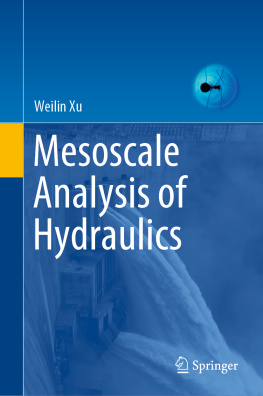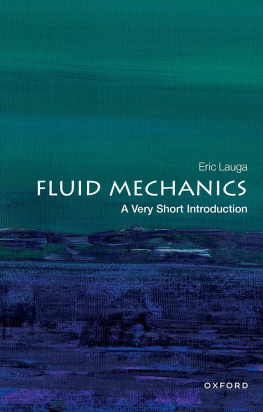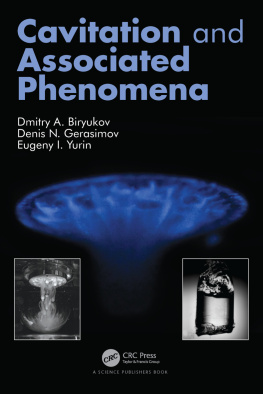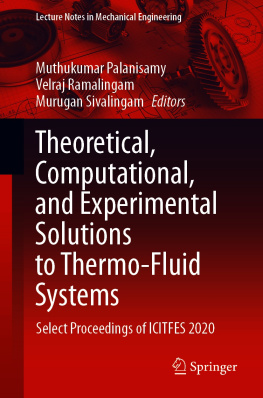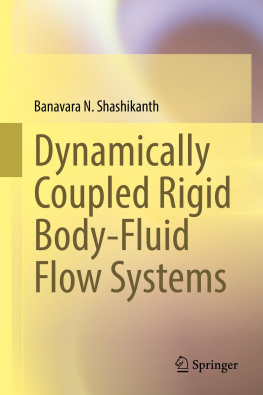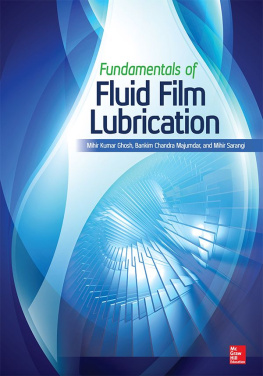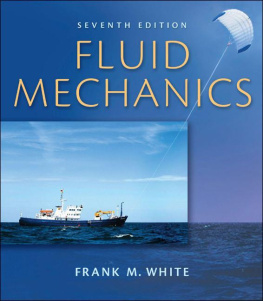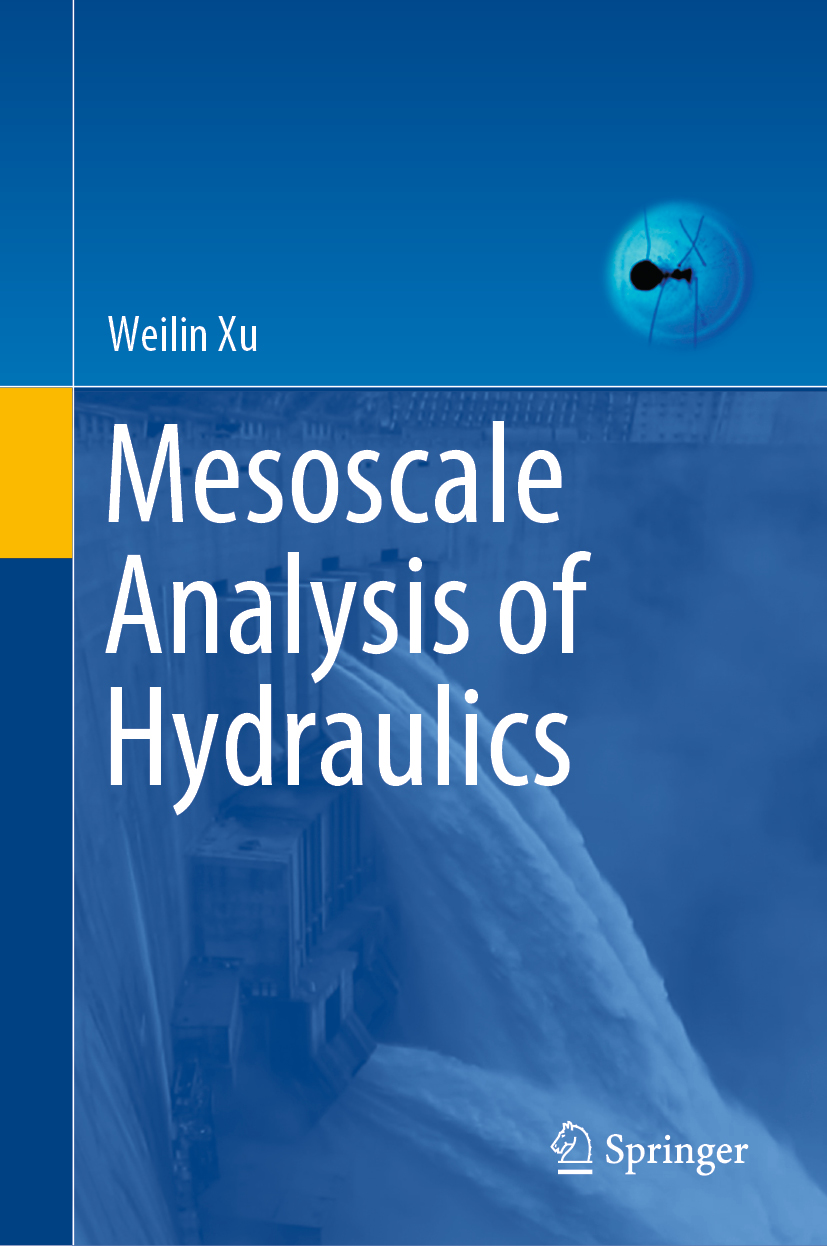Weilin Xu
Sichuan University, Chengdu, China
ISBN 978-981-15-9784-8 e-ISBN 978-981-15-9785-5
https://doi.org/10.1007/978-981-15-9785-5
This book is an open access publication.
The Editor(s) (if applicable) and The Author(s) 2021

Open Access This book is licensed under the terms of the Creative Commons Attribution-NonCommercial 4.0 International License ( http://creativecommons.org/licenses/by-nc/4.0/ ), which permits any noncommercial use, sharing, adaptation, distribution and reproduction in any medium or format, as long as you give appropriate credit to the original author(s) and the source, provide a link to the Creative Commons license and indicate if changes were made.
The images or other third party material in this book are included in the book's Creative Commons license, unless indicated otherwise in a credit line to the material. If material is not included in the book's Creative Commons license and your intended use is not permitted by statutory regulation or exceeds the permitted use, you will need to obtain permission directly from the copyright holder.
This work is subject to copyright. All commercial rights are reserved by the author(s), whether the whole or part of the material is concerned, specifically the rights of translation, reprinting, reuse of illustrations, recitation, broadcasting, reproduction on microfilms or in any other physical way, and transmission or information storage and retrieval, electronic adaptation, computer software, or by similar or dissimilar methodology now known or hereafter developed. Regarding these commercial rights a non-exclusive license has been granted to the publisher.
The use of general descriptive names, registered names, trademarks, service marks, etc. in this publication does not imply, even in the absence of a specific statement, that such names are exempt from the relevant protective laws and regulations and therefore free for general use.
The publisher, the authors and the editors are safe to assume that the advice and information in this book are believed to be true and accurate at the date of publication. Neither the publisher nor the authors or the editors give a warranty, expressed or implied, with respect to the material contained herein or for any errors or omissions that may have been made. The publisher remains neutral with regard to jurisdictional claims in published maps and institutional affiliations.
This Springer imprint is published by the registered company Springer Nature Singapore Pte Ltd.
The registered company address is: 152 Beach Road, #21-01/04 Gateway East, Singapore 189721, Singapore
Foreword I
In the world today, the height of large dams has exceeded 300 m resulting in flow velocity faster than 50 m/s at its appurtenant water release structures. Thus the safe flood passage at such very high dams is becoming more and more challenging. In fact, high-velocity flows have been at the origin of the most severe damages encountered at hydraulic structures of large dam projects.
Cavitation is most often the greatest threat to spillways and water release structures as low-level outlets. Whether cavitation is likely to occur is normally analyzed in practice by the help of the cavitation number. However, the cavitation number characterizing the flow as a whole does not allow to determine precisely if cavitation occurs locally near wall surfaces and thus causes cavitation erosion. Currently, actively forced flow aeration is one of the main mitigation measures against cavitation damage. Nevertheless, cavitation can be only avoided if the physical aeration process is well understood and governed by an appropriate determination of the control conditions of aeration. Two phase water-air flows occur when air enters into the water flow and water drops are separated from the water body. Hence, the mechanisms of forming air bubbles and water drops near the free surface is a key for studying water-air phase flows. Furthermore, it is important to know whether small-scale penetrating eddy motions occur in high-velocity flows and if separated water drops result in severe atomized precipitation onto the water surface. Finally, the knowledge on coupled water-sediment-air flows is essential.
All these described multiphase flow features have in common that air bubbles, cavitation bubbles, water drops, sand particles and small eddies are involved which all occur on a mesoscale. Thus, a new approach has been chosen in the book by using mesoscale analysis. In a physical sense, all the above described flow phenomena are the result of the interactions between discontinuous multiphase medium, which are difficult to study in detail with traditional continuous medium approaches. By analyzing water flow movements from a mesoscopic perspective, the author gives new insights in mesoscopic mechanisms which are essential for differentiation criterion of cavitation, aeration reduction, water-air phase flows, energy dissipation of plunging jets, spray and water foam formation, as well as debris flows. With his analytical findings the author gives promising input for new engineering technologies. With its systematic hydraulic approach from the macroscale to the mesoscale, the book may inspire new research fields and may become a reference in hydraulics with focus on high-velocity flows occurring at very large dams.
Dr. Anton J. Schleiss Professor emeritus
Foreword II
Hydraulic engineering is one of the foundational elements of civil engineering that helps sustain the natural environment and enables a built environment that enhances the well-being of society. The fundamental physics of hydraulics has not changed over the past few decades but the application of hydraulic engineering principles to address issues facing society has changed significantly as unexpected consequences have been experienced. Problems are necessarily more complex, more inter-connected and dynamicoften requiring inter-disciplinary solutions. This trend is compounded by implementation of larger and more complex hydraulic infrastructure that is partly mitigated by the increasing ability to detect and predict environmental consequences. One example is the increasing size of dams, some of which exceed 300 m in height, and require management of spillway flow velocities that may exceed 50 m/s and operate under very different conditions than the large dams of previous decades. In this monograph, Professor Xu sets the foundation for developing greater insights for the flow structure that bridges the gap between the micro-scale that can be studied in the laboratory such as the dynamics of air bubbles and macroscale processes that can be captured adequately by depth-averaged or sectionally averaged flow metricsusually described by the integral form of the governing equations. It is this intermediate (or meso-) scale where many processes originate and solutions can be found.
Professor Xu connects laboratory-scale research that captures the finer scales on the mesoscale spectrum with his extensive experience addressing applied problems in prototype and field studies. This text is timely as emerging sensor technologies have allowed much greater temporal and spatial resolution of both laboratory and field measurements which when coupled with visualization enables greater insights to the phenomenon and how undesirable ramifications can be addressed. These processes are illustrated throughout the text to create an excellent teaching tool as well as providing a reference for researchers and practitioners. Professor Xu provides a detailed elicitation of the processes through detailed reference to the relevant literature and enriched by his personal experiences on resolving large-scale applied problems. Problems addressed span air entrainment, 2-phase air-water flows, high velocity flows and energy dissipation. The applications are numerous and diverse, including cavitation effects in hydraulic infrastructure, ecological application such as the initiation and persistence of total dissolved gas downstream of large dams and the consequences and remedies for flood discharge atomization. Maintaining the theme of high velocity flows, there are detailed insights into forced sediment deposition patterns around hydraulic jumps in open channels under flood flow conditions that can result in catastrophic failure, potential loss of life and severe property damage. Design measures are developed that mitigate for this potential occurrence.

